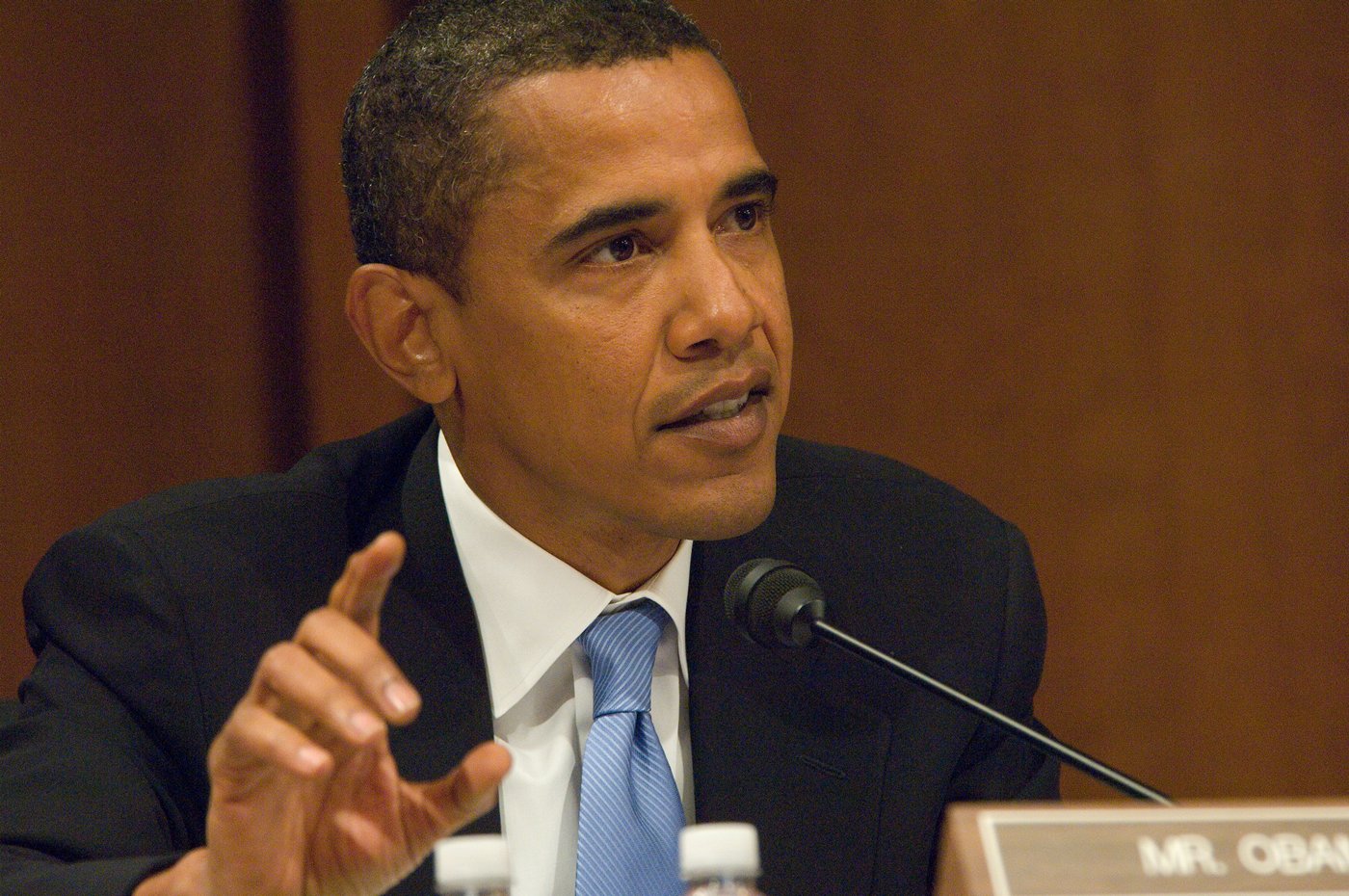An important part of finance minister P Chidambaram’s job for a while has been to keep telling us that “all is well” on the economic front.
He continued with this on the last day of the financial year when he said “the Indian economy is now stable and the fundamentals have strengthened.” The statement was in response to 18 questions on the economy posed by former finance minister and BJP leader Yashwant Sinha.
So how strong is the Indian economy? “We have contained inflation. Our biggest success is containing fiscal deficit,” said Chidambaram.
But how do the numbers stack out? In February 2014, inflation as measured by the consumer price index was at 8.1%. It has come down from levels of greater than 10%. The primary reason for the same has been a rapid fall in food prices. Food products make up for around half of the consumer price index. The question is how much credit for the fall in food prices goes to the government? Not much. Also, it is worth reminding here that unseasonal rains and hailstorms in parts of the country have damaged crops, and this is likely to push up prices again.
If we look at non fuel-non food inflation, or what economists refer to as core inflation, it stood at 7.9% in February 2014. This number has barely budged for a while now. Non fuel-non food inflation takes into account housing, medical care, education, transportation, recreation etc.
What about the fiscal deficit? “We will end FY14[period between April 2013 and March 2014] with a fiscal deficit of 4.6%, as planned,” Chidambaram said. Fiscal deficit is the difference between what a government earns and what it spends.
But how has this target been met? A lot of expenditure has simply not been recognised. Oil subsidies of Rs 35,000 crore have not been accounted for. Estimates suggest that close to Rs 1,23,000 crore of subsidies (oil, fertilizer and food) have been postponed to next year. A March 4 report in this newspaper pointed out that the central government owes the states Rs 50,000 crore on account of compensation for the central sales tax.
On the income side, public sector banks have been forced to give huge dividends to the government despite not being in the best of shape. Coal India Ltd has paid the government a dividend and a dividend distribution tax of close to Rs 19,600 crore. India has the third largest coal reserves in the world but still needs to import coal. Shouldn’t this money be going to set up new coal mines? Neelkanth Mishra and Ravi Shankar of Credit Suisse point out in a recent report titled Elections: Much Ado about Nothing dated March 19, 2014 that “True utilisation in thermal power generation is below 60%, near 20-year lows (reported plant load factor is 65%).” This is because we don’t produce enough coal that can feed into the power plants.
Getting back to Chidambaram, he further said “The CAD has contracted. We have added to reserves. FY14 CAD is likely to be about $35 billion.” The current account deficit is the difference between total value of imports and the sum of the total value of its exports and net foreign remittances.
This has largely happened because of two things. The government has clamped down on legal gold imports. But anecdotal evidence suggests that gold smuggling is back with a huge bang. This has a huge social cost. Also, over the last few months non gold non oil imports have fallen due to sheer lack of consumer demand. And that surely can’t be a good thing.
Chidambaram also expects “spirited growth going forward”. The finance minister has been spinning this yarn for a while now. In early February he had said that the economy will grow by 5.5% in this financial year.
Growth during the first three quarters of the financial year has been less than 5% (4.4% in the first quarter, 4.8% in the second quarter and 4.7% during the third quarter). A simple back of the envelope calculation shows that the economy will have to grow by 8.1% in January to March 2014, for the Indian economy to grow by 5.5% during 2013-2014. You don’t need to be an economist to realise that this is not going to happen.
Interestingly, in July 2013 Chidambaram had said that “People should remember India continues to be the second fastest growing economy after China.” By January 2014 this statement had changed to ““India remains one of the fast growing large economies of the world.” What happened in between? A whole host of countries in our neighbourhood have been growing faster than us. This includes countries like Cambodia, Philippines, Indonesia, Sri Lanka and even Bangladesh.
Given these reasons, it is fair to say that Chidambaram was cracking an April Fools’ joke, a day early.
The article appeared in the Daily News and Analysis dated April 1, 2014
(Vivek Kaul is the author of Easy Money. He can be reached at [email protected])


